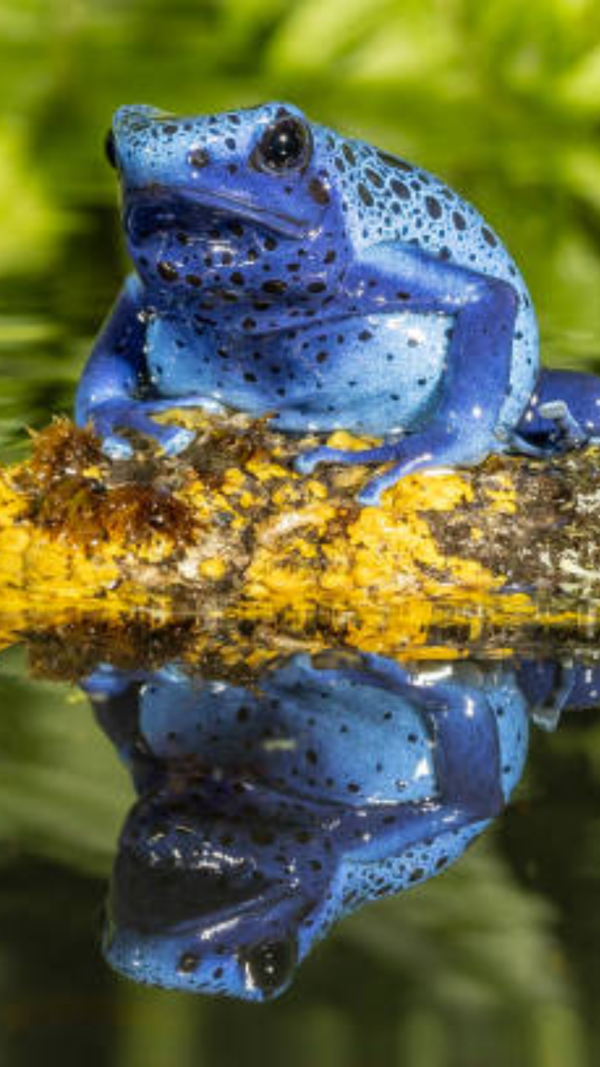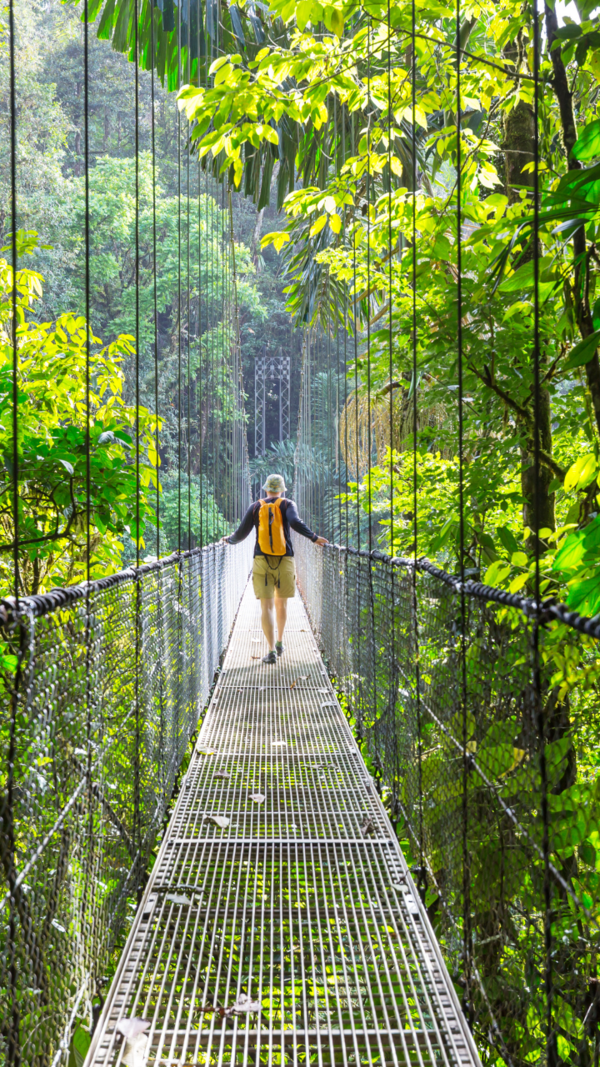Trending
US H-1B lottery 2026: What next for selected and non-selected applicants
USCIS has finished the H-1B visa lottery for FY 2026, selecting applicants from nearly half a million registrations. Selected applicants must submit their petitions by June 30, 2025, using updated forms and fees. With intense competition, those not chosen are advised to explore cap-exempt opportunities or alternative visas.
The US Citizenship and Immigration Services (USCIS) has officially completed the H-1B visa lottery selection process for Fiscal Year (FY) 2026, marking a crucial thing for thousands of foreign professionals hoping to work in the United States. Announced on March 31, 2025, USCIS confirmed that it received sufficient electronic registrations during the initial period—March 7 to March 24, 2025—to meet the annual cap of 85,000 visas, which includes 65,000 under the regular cap and an additional 20,000 for those with advanced degrees from US institutions.
With the lottery process complete, selected applicants and their sponsoring employers must now focus on the next steps, while those not selected explore alternative options. This article delves into what’s next for H-1B applicants, incorporating the latest USCIS updates and expert insights.
Next steps for selected applicants

For those whose registrations were selected, the immediate priority is filing a complete H-1B cap-subject petition. According to USCIS, petitioners with selected beneficiaries can begin submitting petitions starting April 1, 2025, with a filing window of at least 90 days, ending no earlier than June 30, 2025. Employers must use the updated FY 2026 edition of Form I-129, accompanied by the revised filing fees effective from April 1, 2025, as outlined in the USCIS Fee Schedule (Form G-1055).
Poll
Should USCIS hold a second lottery for H-1B visas if initial filings are insufficient?
Read more: UK's new immigration policies: What applicants need to know, and key details
Common points to avoid during petition filing

The FY 2026 H-1B lottery continues the beneficiary-centric selection introduced in FY 2025, ensuring each applicant is entered only once, regardless of multiple employer registrations. This change, detailed on the USCIS H-1B Electronic Registration Process page, aims to improve fairness and reduce duplicate entries. Additionally, the registration fee surged from $10 to $215 per beneficiary—a 2050% increase—to curb frivolous applications and cover administrative costs, as per the reports. Additionally, the number of people who registered for the FY 2025 lottery decreased from 758,994 to 470,342, a pattern that probably influenced the selection procedure for FY 2026.
Read more: Attention US Visa applicants! Key details on DS-160 and appointment changes
How to check H-1B selection status
See more: H-1B Visa emergency guide: What to do if you are facing travel-related crises
Options for those not selected

The H-1B program remains a cornerstone of US immigration, supporting industries like technology and healthcare. With the FY 2026 lottery complete, selected applicants must act swiftly and meticulously, while others strategise for the future. As policies evolve—potentially under the incoming Trump administration in 2026—staying informed via USCIS updates and expert resources will be key to navigating this competitive landscape.
End of Article
Follow Us On Social Media
Visual Stories
Tired of too many ads?










